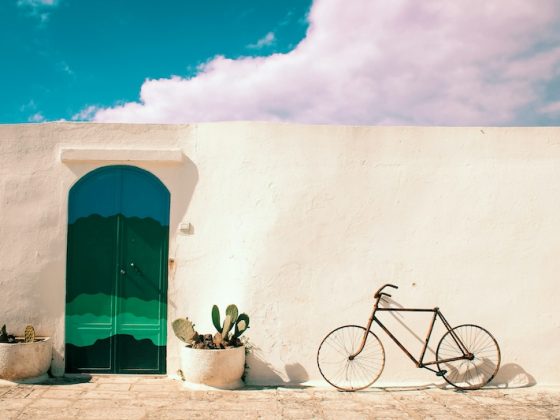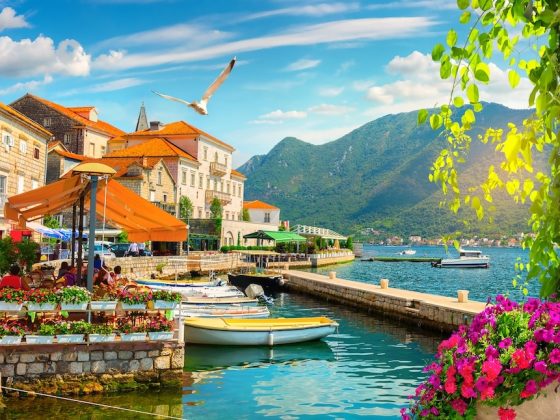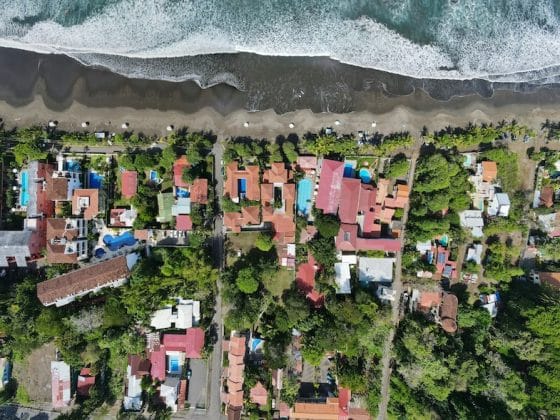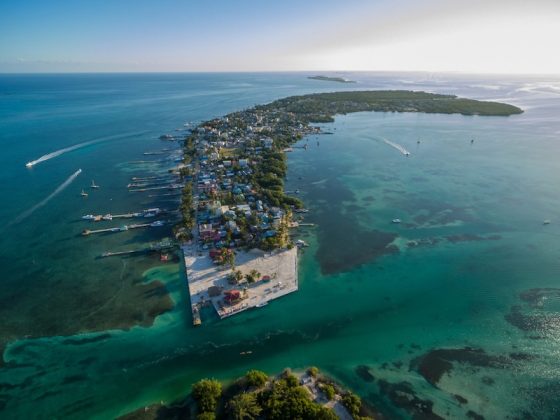For decades, the American passport has been one of the strongest in the world. It opened borders, eased bureaucracy, and carried the quiet assurance that its holder would be welcomed almost anywhere. That hasn’t changed—but the world has, and in the last five years, questions once unthinkable have entered the mainstream: What if one passport isn’t enough? What if “home” is not permanent? What if the ground shifts beneath your future, and you have no way to step aside?
The idea of a second passport has slipped quietly from the margins into the mainstream. Grandparents’ names are traced through parish records, old family documents pulled from attics and archives. Consulates that once catered to a narrow stream of applicants now face lines of ordinary Americans looking to reclaim or reinvent their ties abroad. What was once indulgence has become insurance.
This is not a story about walking away from the United States. It is about widening the horizon. A second passport has become a tool for mobility, security, and opportunity in an unsettled century—a safeguard against volatility and a way of keeping choices alive when tomorrow looks uncertain.
Why the Rush Is Happening Now
The triggers are layered, but the momentum is clear. Politics has been one of the strongest drivers. Successive election cycles have deepened divides and raised questions about the stability of domestic institutions—from healthcare and taxation to education and public safety. For families planning decades ahead, uncertainty at home has become a catalyst to seek options abroad.
The pandemic was an accelerant, not a cause. When borders slammed shut in 2020, many Americans saw for the first time that mobility is conditional. Dual nationals slipped through gates that stayed closed to others, and the memory of that uneven access lingers. What began as crisis management hardened into long-term planning.
In recent years, the demand has surged dramatically. American applications for second citizenship have risen by as much as 1,000 percent since 2020, with a 400% increase in just the first quarter of 2025 alone. It’s no longer seen as a fallback, but viewed as a form of insurance and a bridge to opportunity.
Take, for example, Portugal, where citizenship applications have surged more than 300 percent in the past six years, with Americans making up a rising share. Here, the foreign-born population has ballooned to over 1.5 million—triple what it was just a few years ago—as residency pathways open doors to full citizenship and new lives. What began as a fringe path for retirees and heritage hunters has turned into a mainstream strategy, drawing families, investors, and remote workers who see in Portugal one of Europe’s clearest routes to a second passport.
Work has also changed. Remote employment and distributed teams made geography less binding. For those with portable incomes, residency and citizenship are no longer abstract assets but levers of agency over lifestyle, taxation, investment, and education. A passport is less about stamps in a booklet than about the freedom to reset life’s coordinates if circumstances demand.
Heritage has provided an unexpected doorway. Millions of Americans qualify for EU citizenship through ancestry, often without knowing it. For others, the residency clocks that once felt daunting now look reasonable if they open the gates to entire regions like the European Union. The motivations differ: some pursue stability, others opportunity, but they all flow toward the same outcome: optionality.
Read more like this: Top 10 Celebs with Second Passports

The Main Pathways to a Second Passport
Citizenship by descent. The most elegant route—if you qualify. Countries such as Italy and Ireland allow descendants to reclaim citizenship based on lineage, sometimes stretching to great-grandparents, provided the paper trail is solid. It can be slower than it looks, but it’s cheaper and more durable than almost any other path.
Citizenship by residency. Live there long enough, integrate, and apply. Timelines range from five years (Portugal) to ten (Spain for most Americans), with language and cultural requirements at the end. For many, residency—right to live, work, study—is the true prize; the passport is an earned epilogue.
Citizenship by investment. A handful of countries exchange investment for status. In Europe, programs have tightened; in the Caribbean, they remain faster and relatively predictable. It’s not “buying” a passport so much as funding national priorities in exchange for mobility and a legal foothold.
Special routes. Marriage, cultural heritage provisions, and historic restitution programs. These exist, but they’re narrow and often change without warning. Treat them as windfalls, not plans.
Read more like this: Why Securing Second Residency Is Crucial
Where Americans Are Going, In Depth
Italy
Italy’s draw isn’t theoretical, it’s tactile. Market mornings with tomatoes that taste like July, espresso at a bar you don’t have to Instagram to remember, the freedom to drift by train from Milan to Marseille because “why not, it’s Saturday.” There’s also heft beneath the romance: public healthcare that works, regional towns where a high-ceilinged apartment costs less than a U.S. studio, and an EU passport that expands a life’s surface area across 27 nations. The friction is real—municipal offices, apostilles, translations—but for many, that first carta d’identità feels like a homecoming.
Timeline. Through jure sanguinis (by blood), there’s no generational limit if the chain is intact and the ancestor didn’t naturalize before passing citizenship to the next generation. U.S. consulate queues can push appointments years out; establishing residency and applying in Italy can compress the timeline, but demands presence, patience, and meticulous documentation. For those who can’t claim descent, naturalization typically follows ten years of residence (shorter in edge cases), with language proof at the end.
Read more like this: Living in Italy as an American
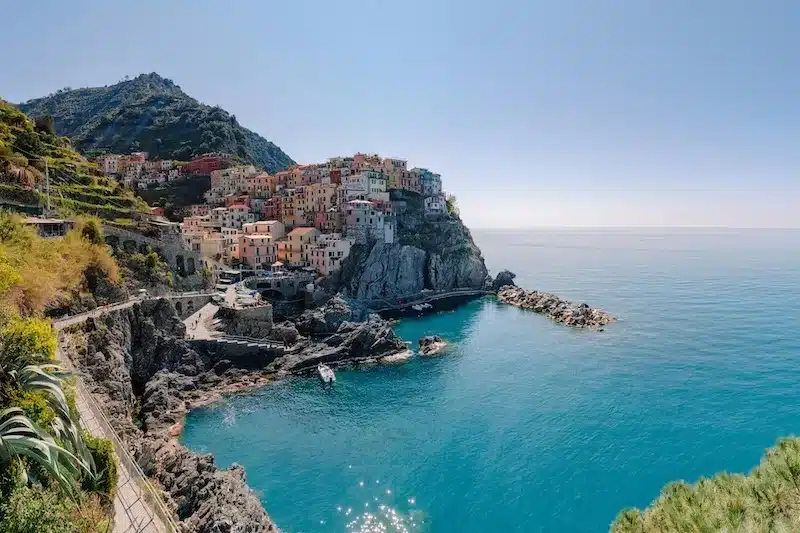
Ireland
Ireland gives Americans a soft landing: same language (mostly), transatlantic flights, a culture that prizes story and song and neighborliness. Dublin’s tech corridors hum with global teams; the west opens to wind, sea, and time. For many Irish-Americans, the passport is a reclamation of narrative, a stitch in a torn family fabric. Practically, it’s also an EU key—work rights, study access, and the ability to relocate across the bloc without visa roulette.
Timeline. If a grandparent was born anywhere on the island of Ireland, you can typically register in the Foreign Births Register and claim citizenship. Processing ebbs and flows, but is often measured in months rather than years once your documents are in order. Children of Irish citizens may go straight to a passport.
Read more like this: Things to Know If You’re Moving to Ireland
Portugal
Portugal is the EU’s gateway state for Americans who want Europe without the edge. Lisbon’s light, Porto’s granite, the Alentejo’s cork oaks and long lunches. There’s space here, and a cultural patience that helps newcomers exhale. English is widely spoken, healthcare is strong, costs remain gentler than in most Western capitals, and the passport that waits at year five is among the world’s most useful. Programs evolve; the temperament of the place does not.
Timeline. The headline is five years to citizenship after legal residency, one of Europe’s shortest clocks. The D7 (passive income) and digital nomad visas have become the main doors; the Golden Visa persists via non-real-estate routes. At the end: a basic A2 Portuguese language test and the usual good-character checks.
Spain
Spain is a country that knows how to live. Tapas at noon, a second coffee just because, golden-hour streets that turn strangers into neighbors. Madrid is kinetic; Barcelona is a Mediterranean mash-up of design and beach; Valencia feels like a shared secret; Andalusia glows. Real estate remains comparatively sane outside the obvious hotspots, and the social fabric—public transit, parks, healthcare—makes daily life feel friction-light. Ten years is a long runway; many never look up from the view.
Timeline. For most Americans, naturalization follows ten years of continuous legal residence; permanent residence arrives earlier. Certain heritages (e.g., Latin American) shorten the path to two years. Spain’s non-lucrative visa suits those with savings or pensions; a newer digital nomad track opens the door for remote workers.
Read more like this: Things to Know if You’re Moving to Spain
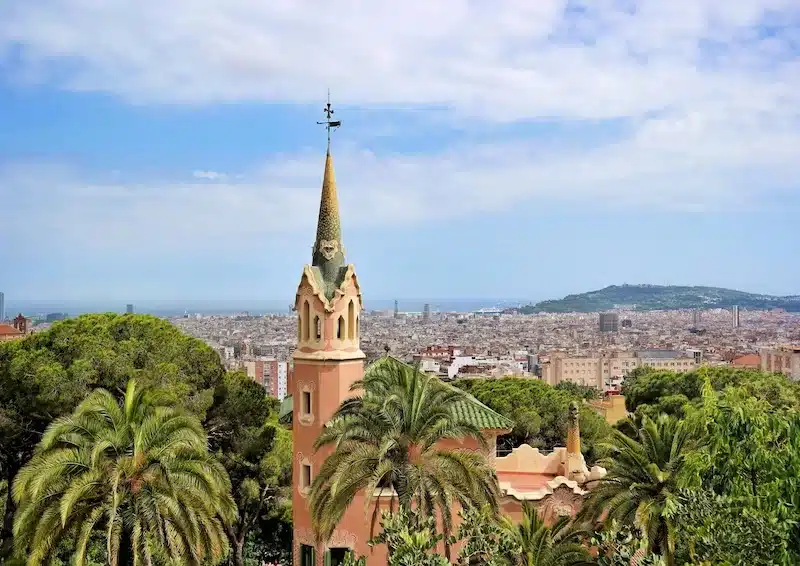
Greece
Greece offers history in the stones and ease in the air. Athens has turned scrappy into stylish, an arts city with soul. Islands like Naxos, Paros, and Crete still trade in human-scaled life: markets, sea, schoolyards, saints’ days. For Americans long on stress and short on seasons, Greece reorders a week around light and dinner. The eventual passport is a prize; the residency is already a win.
Timeline. The Golden Visa grants residency in exchange for qualifying investments; citizenship typically requires seven years of residence plus language and integration. Rules have tightened in high-demand zones, but the program remains one of the EU’s clearer pathways to a Schengen foothold.
Malta
Small, English-speaking, Euro-anchored. Malta is a maritime hub with British legal bones, a fintech and i-gaming ecosystem, and winters that feel unfair to everyone north of Rome. It’s for Americans who want a base where the bureaucracy speaks their language and the sea is five minutes away.
Timeline. Malta’s naturalization by exceptional services route is the EU’s strictest fast lane: high financial thresholds, exhaustive diligence, and a sovereign discretion baked into approvals. Standard naturalization demands longer residence and deeper integration.
Poland (as a proxy for Central/Eastern Europe by descent)
Warsaw and Kraków offer distinctly European city living at prices that still surprise New Yorkers. A Polish passport unlocks the EU; roots reconnect; and a whole region—Prague to the Tatras—suddenly feels local. For many Americans, Eastern Europe isn’t a backup plan; it’s a return.
Timeline. For Americans with Polish ancestry, citizenship confirmation hinges on proving the unbroken transmission of nationality. It’s paperwork-heavy but can be surprisingly achievable with the right archives. Naturalization through residence is a longer road.
Read more like this: Acquire a European passport
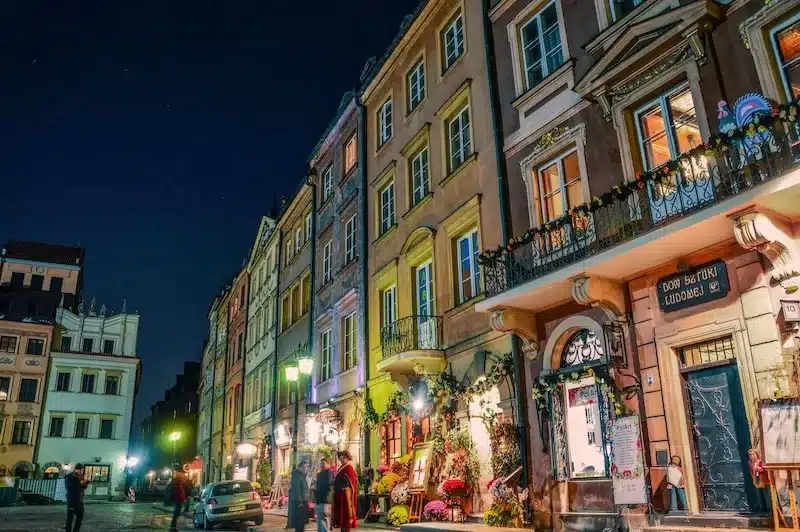
The Caribbean (St. Kitts & Nevis, Dominica, Antigua & Barbuda, Grenada, Saint Lucia)
Mobility with minimal relocation. For Americans building optionality, a Caribbean passport adds visa access, family coverage, and a bolt-hole in places where “winter” is a rumor. For those actually relocating, life can be disarmingly simple: schools that know your children’s names, beaches that reset your nervous system, communities that remember. It’s not for everyone; it is exactly right for some.
Timeline. Measured in months. Contribution to a national fund or investment in qualifying projects yields citizenship after due diligence. Each program has its quirks; all of them move fast compared to residency routes.
The Process and the Pitfalls
The romance is real; so is the admin. The descent path begins with paper: birth, marriage, death certificates across jurisdictions; apostilles; certified translations; name mismatches fixed by affidavits. Expect delays. Expect to redo something you thought was done. A good attorney can compress time and soften frustration, but no one can eliminate the grind.
Residency routes demand proof of means, police clearances, insurance, clean tax histories, sometimes leases before visas—an art in itself. Language exams are not unbeatable hurdles, but they require steady work. Integration isn’t theater; savvy governments look for real ties: time on the ground, tax footprints, social security payments, school enrollments, a doctor who knows your child’s nickname.
Programs change. Parliaments swing. A route that looked perfect last spring can narrow by fall. That argues not for panic, but for sequence: lock in the application when the door is open; adapt after. It also argues for humility. Immigration is a sovereign conversation. You are a guest until you are a citizen.
Americans have a unique wrinkle: citizenship-based taxation. A second passport does not erase U.S. tax obligations. It doesn’t make the IRS go away. With the right treaties, foreign earned income exclusions, and credits, most expats avoid double taxation, but only if their filings are precise. Banking can be trickier overseas because of FATCA reporting. If you plan to restructure businesses, time asset sales, or take advantage of territorial tax systems abroad, talk to professionals who can diagram both sides of the ocean on the same whiteboard. A sloppy structure can cost more than a second passport ever saves.
The Pitfalls
There are softer pitfalls, too. Some find that the fantasy of “living abroad” dissolves into the reality of starting over—new schools, new doctors, new everything. Others underestimate how much identity is tied to place until it isn’t. The fix is time. Six months isn’t long enough to know if a new country fits. Two years is. Move slowly. Rent first. Learn the language. Build routines that belong to you.
Read more like this: Best Residency and Citizenship by Investment Options Under US$200K
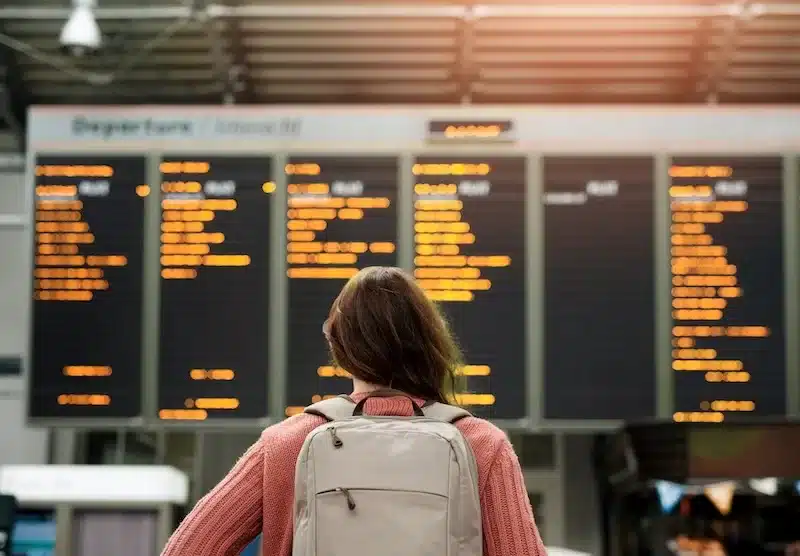
The Bigger Picture
The second passport story isn’t only about Americans; it’s about a world reorganizing around mobility as a modern skill. Countries are competing for people the way they once competed for factories: courting talent, investment, and families with policies that say “say yes to us.” It’s a quiet re-wiring of what citizenship means.
For Americans, the dual-national future will be built household by household. One partner is Irish, the other Portuguese. Children born in Lisbon spend summers with grandparents in Chicago. Taxes are filed in two countries, with roots in three. Not a flight from America, but a widening of it, an acceptance that identity can hold multitudes and that security, in a turbulent century, is partly a function of choice.
The old promise of the U.S. passport hasn’t disappeared. It has been joined by a new reality: the smartest families are diversifying. They’re not betting against home. They’re hedging against unpredictability, building bridges to other lives they may never fully use but are grateful to have.
In the end, this isn’t a story about paperwork. It’s about possibility. A second passport changes how you move through the world, but more than that, it changes how the world moves around you. And for a growing number of Americans, that shift is exactly the point.
Considering a second passport? Joel Nagel specializes in dual-citizenship planning and offers clear, impartial advice. Visit his website here.
FAQ on Second Passports
How can I get a second passport for another country?
You can obtain a second passport through citizenship-by-investment programs, depending on the country’s laws.
What is the easiest country to get a second passport?
Countries like Dominica, St. Kitts & Nevis, and Antigua & Barbuda offer relatively quick and straightforward citizenship-by-investment options, while Ireland and Italy may be easy if you qualify through ancestry.
What are the best countries to get a second passport?
The best countries depend on your goals—Caribbean nations offer speed and travel freedom, while EU countries like Portugal, Malta, and Cyprus provide greater mobility, residency rights, and business opportunities.
Contact Author
"*" indicates required fields
Stay Ahead on Every Adventure!
Stay updated with the World News on Escape Artist. Get all the travel news, international destinations, expat living, moving abroad, Lifestyle Tips, and digital nomad opportunities. Your next journey starts here—don’t miss a moment! Subscribe Now!



